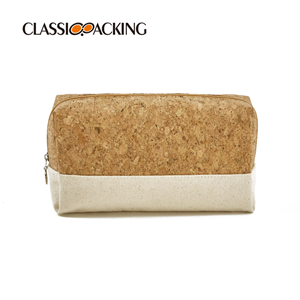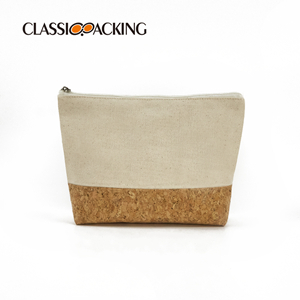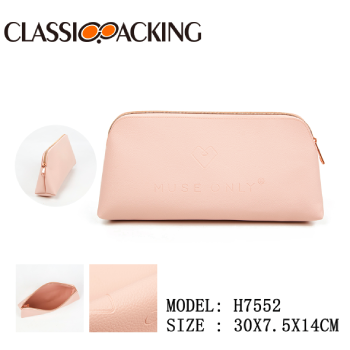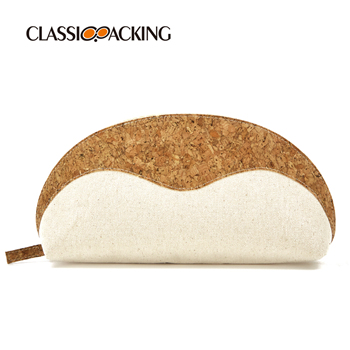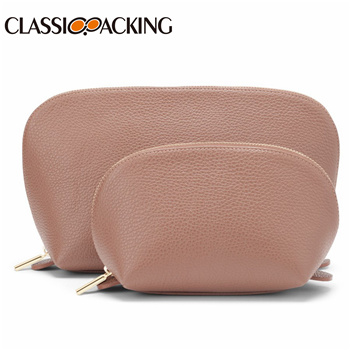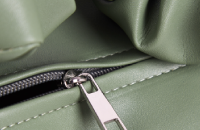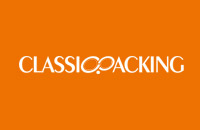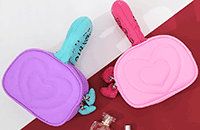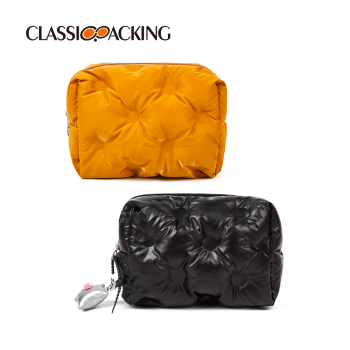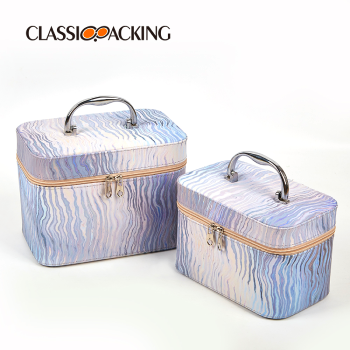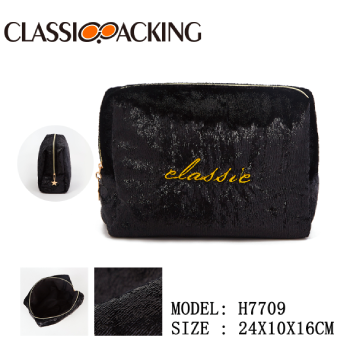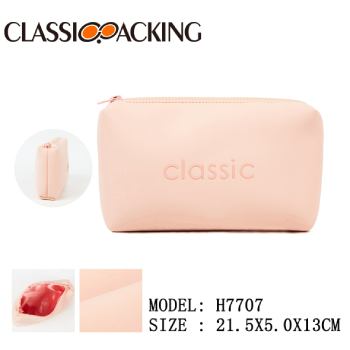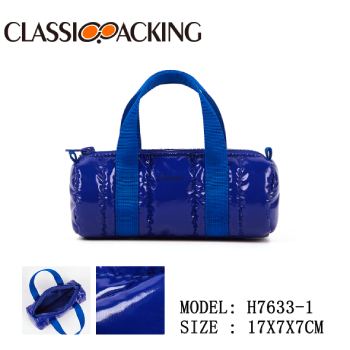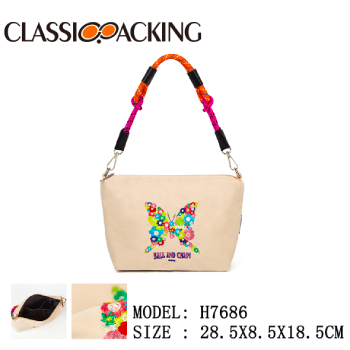The ecommerce market continues to expand as consumer demand increases for a digital point-of-sale, convenient product delivery and an effortless return, if necessary. In fact, research firm Forrester predicts U.S. online retail sales will reach $500 billion by 2020, up from $373 billion in 2016.
While this growth is favorable for brands using an ecommerce platform, it presents a challenge in terms of packaging, particularly when aiming to operate a sustainable supply chain.
Ecommerce challenges
Aside from providing quality yet speedy door-to-door customer service, ecommerce industry professionals must maintain profit margins while operating sustainably. When brand managers plan their ecommerce shipping logistics, some major packaging challenges that emerge are how to achieve compactness and durable barrier protection, all the while maintaining the lowest possible carbon footprint.
The better protection packaging can provide the product’s journey to the consumer, the less likely it is for the product to become damaged and ultimately returned. In some cases, returns can cause the most waste and ecological harm. Returns represent fully-costed waste, as damaged products—which have already incurred the cost of production—then have to be processed, recycled and shipped to a landfill.
Ecommerce opportunities
Flexible packaging’s unique attributes can provide opportunities to tackle some of ecommerce’s largest sustainability challenges. Flexible packaging can reduce transportation costs and energy output because it is lighter to ship than rigid alternatives. By using flexible packaging, brands can reduce CO2 emissions by moving more product with fewer trucks and planes.
According to the Flexible Packaging Assn. (FPA), one truckload of flexible packaging is equivalent to 26 truckloads of glass jars. Flexible packaging also offers a higher product to package ratio—an especially important feature as couriers move to charging by size in addition to weight (dimensional or dim weight).
During transport, flexible packaging can also reduce waste by offering the appropriate barrier properties to protect the product. If, for instance, a liquid product breaks and spills during transport, flexible packaging is protected while other packaging formats—such as carton board—might be more susceptible to damage. A product that is damaged in this fashion is unusable and unreturnable, therefore becoming fully-costed waste.
Additionally, when considering that up to 40% of the food supply in the U.S. is not consumed—sending billions of pounds of food to the landfill and creating large amounts of methane gas—finding ways to extend the life of foods is paramount. This consideration is just as applicable for ecommerce as it is for traditional retailer channels, particularly with the growing market for deliverable produce and prepared meals.
Fortunately, flexible packaging can use multi-layered films that can provide enhanced protection against the myriad ways that food can be spoiled: air, moisture and sunlight. For instance, certain produce in flexible packaging can receive as much as five times the amount of shelf life over traditional forms of packaging.
Ecommerce benefits
With the projected growth of ecommerce over the next several years, it appears ecommerce is here to stay. Brands must continue to seek out packaging solutions that meet both consumer demand and preference.
While marrying sustainable business practices with ecommerce has challenges, flexible packaging can yield beneficial results for both the consumer and the brand. A brand can reduce its waste and carbon footprint, and increase shipping volumes and shelf life, while consumers pay less for shipping. Additionally, consumers could experience peace-of-mind that the packaging for their convenient online purchase is considerate of the environment.
If brand managers can demonstrate to consumers how the company’s flexible packaging choices are targeted efforts toward a more sustainable future, environmentally conscious consumers will likely become loyal customers.
Check out our new selection of eco friendly makeup bags.
